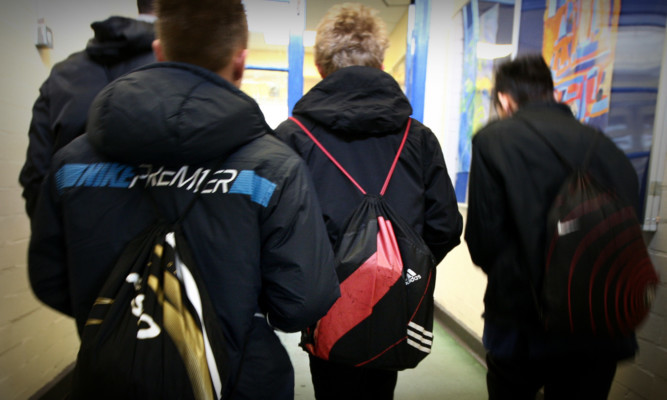Twice as many children are excluded from schools in Dundee as in the rest of Scotland.
And more pupils are excluded from city schools than in any other local authority area in the country, according to a new report.
Now, following the release of the figures, Dundee’s education chiefs have admitted they may have got it wrong.
Speaking at a meeting of the city’s Fairness Commission, Paul Clancy, Dundee City Council’s head of secondary education, said that exclusion rates in the city’s schools were a major problem.
The meeting of the commission was looking at how the local authority’s education department could reduce the attainment gap in education in Dundee.
They were addressing the direct link between high poverty levels in the city and poor educational achievement.
“Exclusion levels at Dundee schools are one of the biggest problems we are facing,” said Mr Clancy.
“We tried a zero tolerance approach to bad behaviour and pupils were excluded from our schools. That approach was welcomed by parents and pupils and that is still a view that has wide appeal.
“However, we now know that when children are not in school they are not learning and that is something we have to look at for the future and get right. We have to get it right with our children in the early years of their education.”
According to the figures, during 2014/15 the exclusion rate at Dundee’s secondary schools was 0.16%, while the Scottish average was 0.08%. A report before last night’s meeting also revealed that the level of exclusions for city primary schools was higher than the national average.
The current figure of exclusions from primaries in Dundee is 0.023%, better than last year’s 0.035% but still considerably higher than the Scottish rate of 0.015%.
“Exclusions are rarer in the primary sector than the secondary,” the report revealed.
East End, Strathmartine, Maryfield and Lochee all have higher levels of exclusion than Scotland as a whole.
